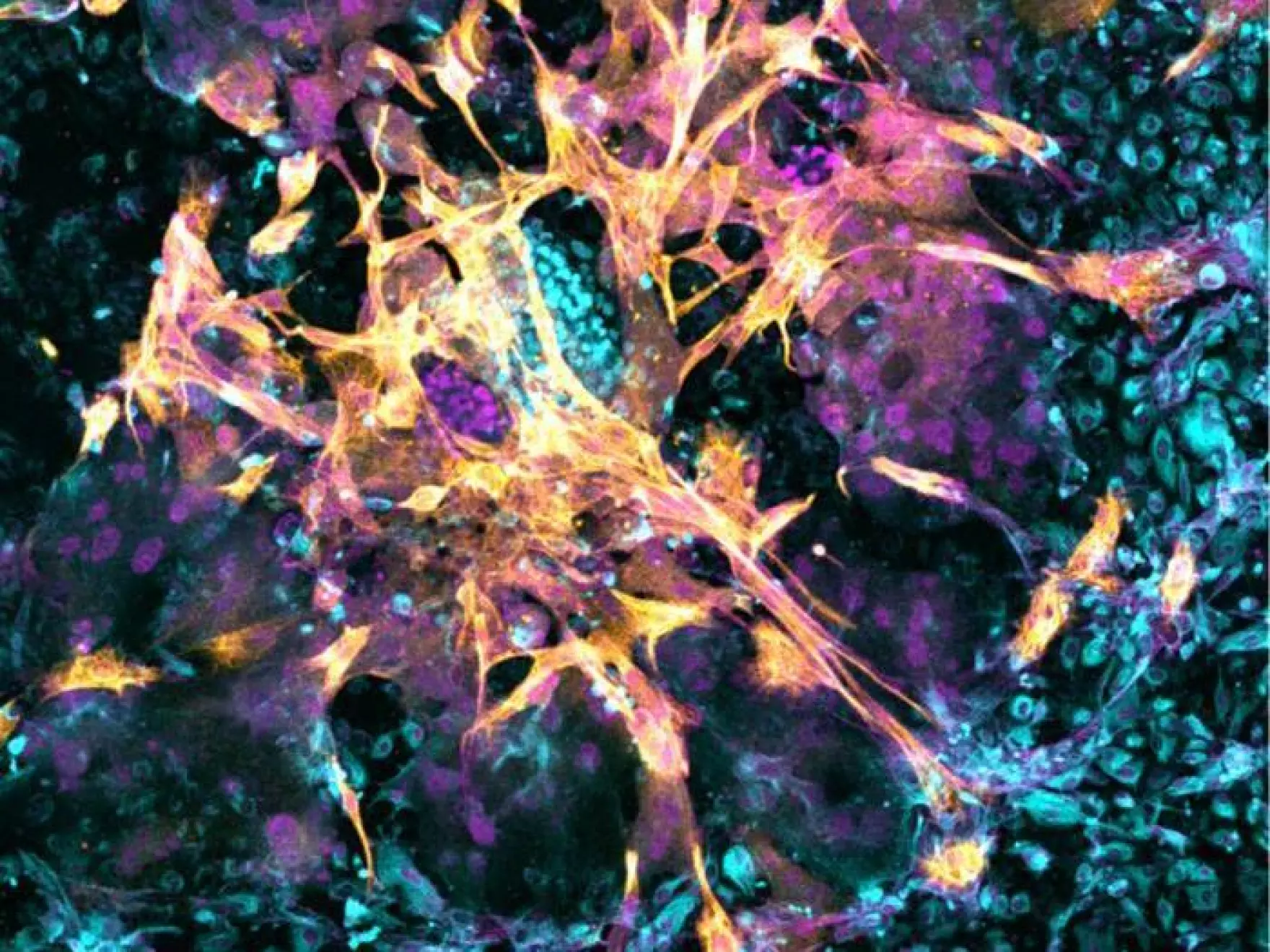Forensic work continues after more than two decades
Nearly 24 years after the September 11, 2001 attacks, the New York City Office of Chief Medical Examiner is still working to identify victims’ remains. In August, officials confirmed three new identifications, underscoring the long-standing commitment to this mission.
Following the recovery of over 21,000 human fragments from Ground Zero, investigators faced the challenge of limited DNA recovery. While all remains were initially tested, many lacked usable genetic material. Advances in forensic science have since allowed new breakthroughs in previously untestable samples.
Challenges of DNA recovery under extreme conditions
The harsh conditions at Ground Zero—fire, chemicals, water, and extreme heat—severely damaged genetic material. Today, about 40% of the victims, around 1,100 individuals, remain unidentified.
Inside North America’s largest public DNA crime lab, specialists focus mainly on bone fragments. The process involves cleaning, freezing, and pulverizing samples to extract potential DNA, which is then compared with reference profiles from relatives and personal belongings.
Impact on families of victims
Each identification carries deep meaning for families. Some prefer limited details, while others seek a full explanation of the findings. Forensic anthropologists ensure communication is handled with sensitivity and respect for each family’s needs.
While not all remains may ever yield results, the continuing efforts highlight both the technical progress in forensic science and the human responsibility to honor the victims. For many families, having a confirmed identification provides the opportunity to hold ceremonies, burials, or simply a tangible way to remember their loved ones.







